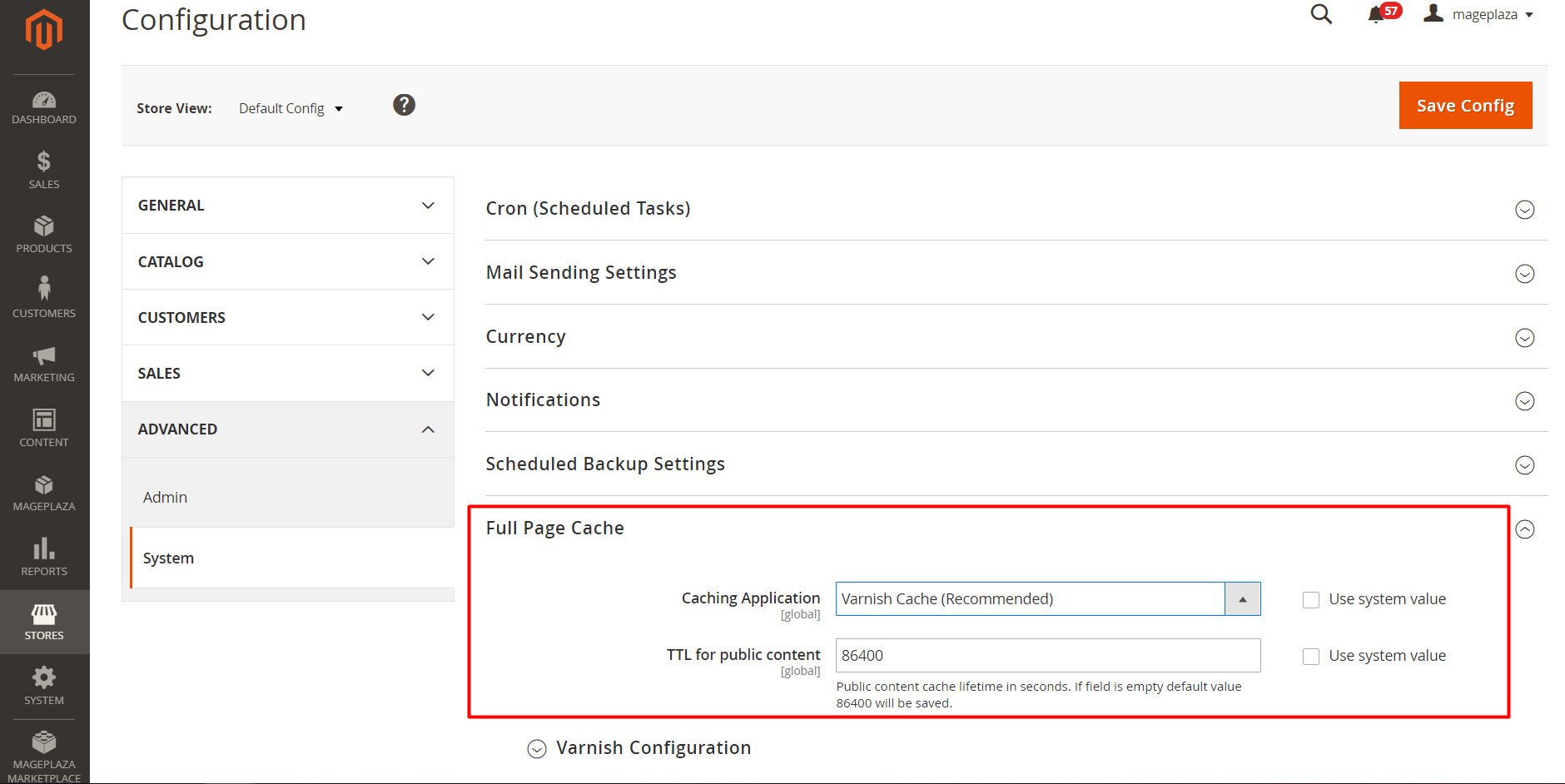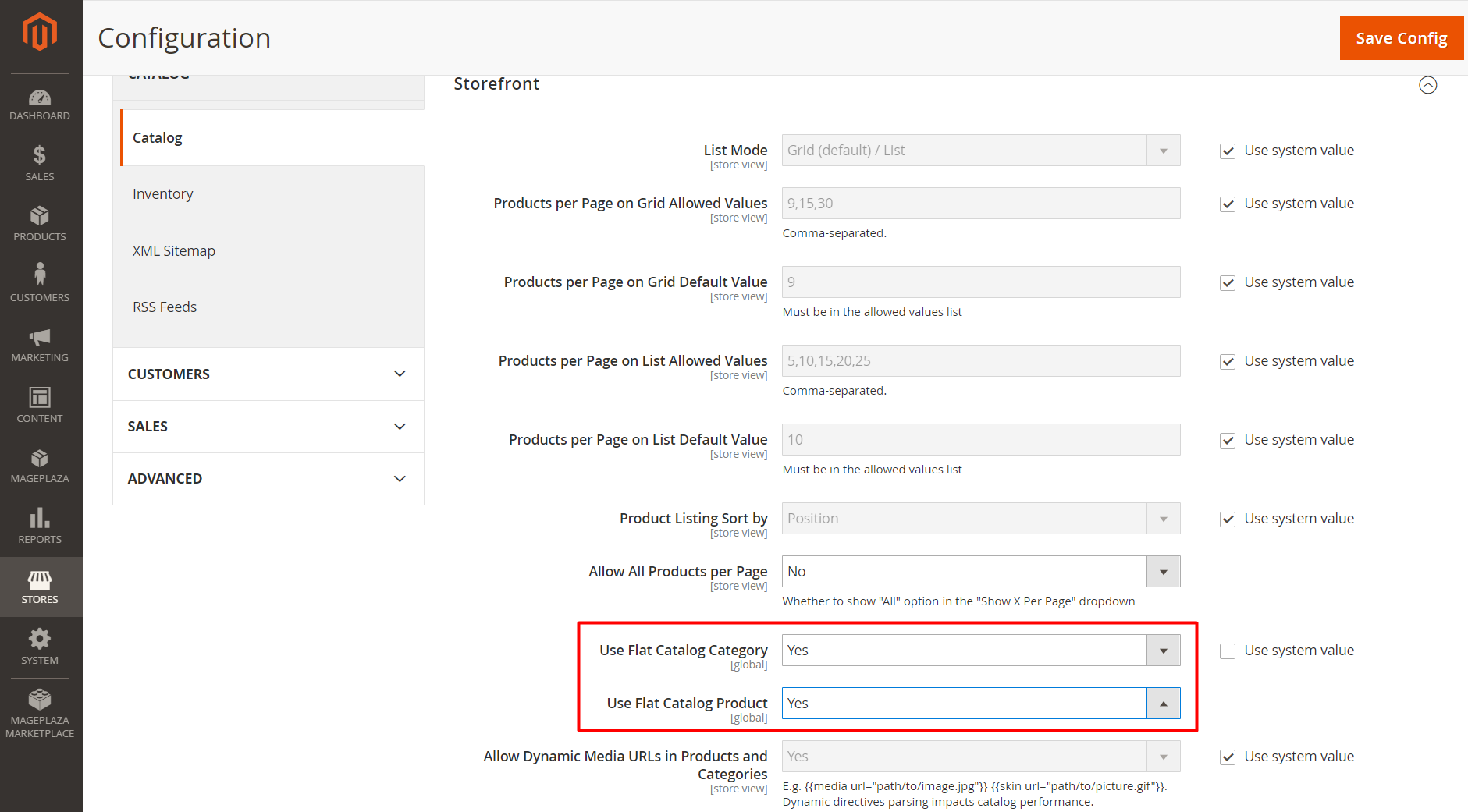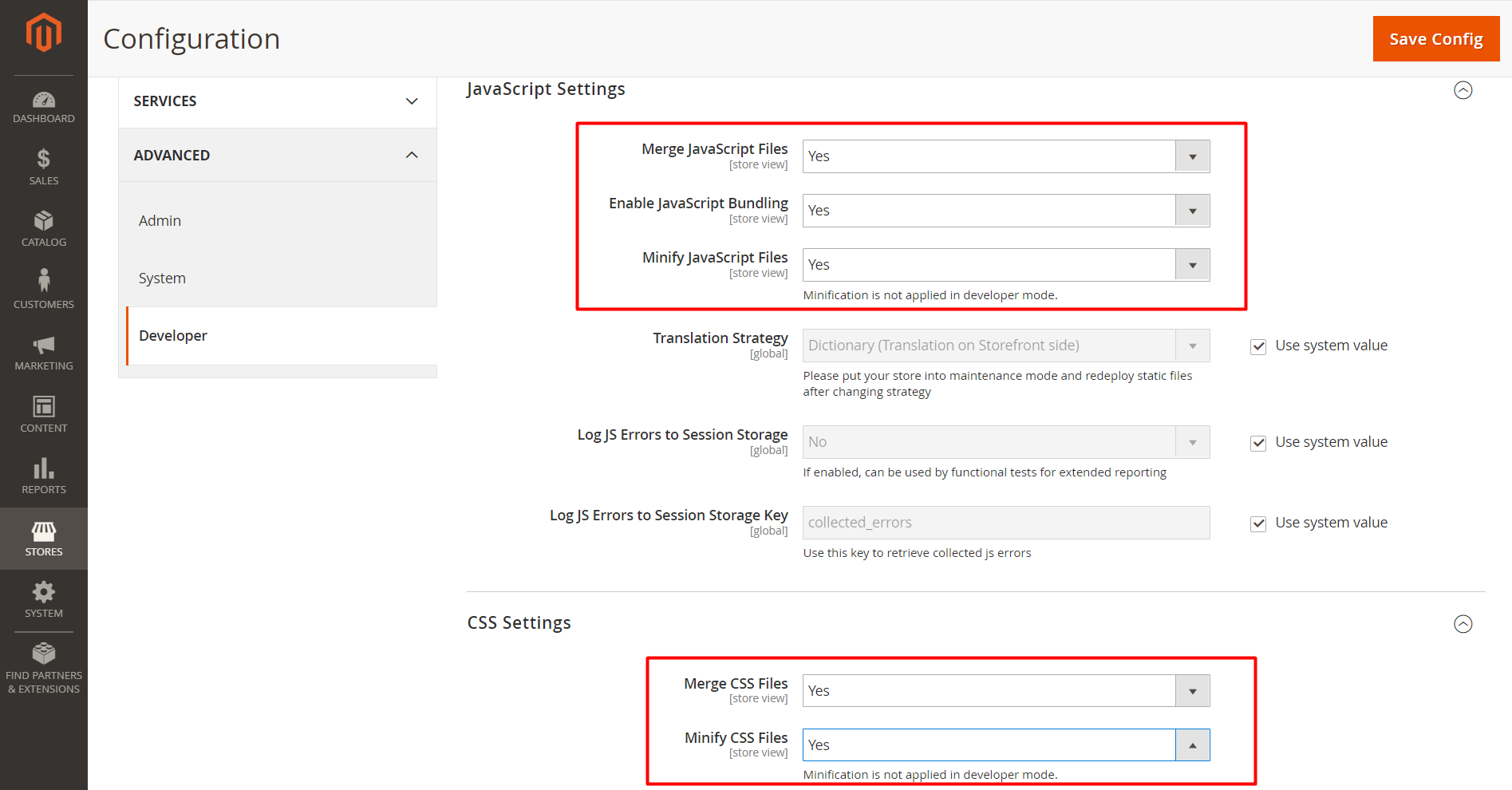Magento 2 Slow? 10 Steps to Speed Up Magento 2
In the digital age, there are various ecommerce CMSs available in the market such as Shopify, Woocommerce, Magento, etc. Among those platforms, Magento can be considered as the most popular and widely used ecommerce platforms because it is the most robust, flexible, and best performance oriented alternative one. As a result, Magento 2, the latest update of this platform, become the first choice for a majority of ecommerce startups and online stores.
However, you can still have problems using Magento 2, and the most noticeable one is the slow speed of it. If you know where the problem is, fixing it can be done with ease. In this article, I will share with you the reasons which make Magento 2 slow, and how to speed up Magento 2 Store..
Why Magento 2 is slow
The Magento 2 speed is not slow by default as the default store is robust and runs smoothly. In fact, most slow interface and high loading times issues are because of misconduct as well as lack of knowledge in optimizing the website. Once you can not meet the basic requirements to run a store on Magento such as using inappropriate extensions, or do not enable the right plugins, your store’s speed will definitely slow down. If you do not do something to solve this problem, your store may lose a great number of potential customers due to your Magento slow speed. So, if losing traffic and sales are not what you want, get ready to check your website and speed up accordingly.
10 steps to Speed up Magento 2
- Step 1: Optimize Server and System Requirements
- Step 2: Update latest version of Magento 2
- Step 3: Enable Varnish Cache
- Step 4: Configure Memcached
- Step 5: Enable Flat Categories and Products
- Step 6: Optimize Javascript and CSS
- Step 7: Setup Content Delivery Network
- Step 8: Use a good theme
- Step 9: Choose Extensions
- Step 10: Optimize Images
There are various ways which could help you to increase the speed of your Magento store. However, the basic requirement of running a Magento 2 is the thing that you need to know first. Besides, you also need to aware of some Magento speed best practices in order to run a smooth Magento website. Below are several ways which you can refer to optimize your Magento website:
Step 1: Optimize Server and System Requirements
Server and System requirements can be considered as the two most important factor which can help you increase the speed of your Magento 2 website.
Server Requirements: Because Magento is a quite powerful store, instead of shared hosting for Magento, you should host your Magento store on a dedicated server or VPS hosting.
System Requirements: Read this article.
Step 2: Update latest version of Magento 2
When it comes to optimizing the speed of Magento, one of the most simple ways that you cannot forget to use is updating the latest version of it. Whenever Magento releases a new version, the performance, as well as other tweaks, will be improved significantly. Consequently, it is highly recommended that you update your store version to the latest one to improve the speed of your store’s site.
Related: The Ultimate Guide to Upgrade Magento 2
Step 3: Enable Varnish Cache
There are several practices which need to be implemented to speed up Magento site including the cache.
Below I will guide you the way to enable Varnish Cache in order to improve Magento 2 loading speed.

From the Admin panel, go to Store > Configuration > Advanced. Under the Advanced tab, click System, you will see the Full Page Cache section. In this section, you change the Caching Application field value from Built-in Cache to Varnish Caching.
Step 4: Configure Memcached
Another method to speed up Magento 2 stores is decreasing the database load. And the way to do it is to configure Memcached which is a free and open source distributed memory object caching system.
Step 5: Enable Flat Categories and Products
One of the most common reasons which make your Magento 2 site slowing down is the database’s read speed. To fix this issue, you can enable Flat Catalog.
Here is how you do it:
Firstly, go to your Magento store’s admin panel. Then follow this Store > Configuration > Catalog. Then click on Catalog which is under the Catalog tab. Here, you will see the Storefront section. When you have seen it, find two fields which are Use Flat Catalog Category and Use Flat Catalog Product, and change these fields to Yes.

Step 6: Optimize Javascript and CSS
Another reason which leads to the slow speed of Magento 2 is Javascript and CSS.
Following is the guide to minimize the Javascript and CSS in order to increase the speed of Magento 2:
From the Admin panel, go to Store > Configuration > Advanced. Under the Advanced tab, click Developer. In the Javascript Settings section, change the values in three fields Merge JavaScript Files, Enable JavaScript Bundling and Minify JavaScript Files to Yes. Then, change the fields Merge CSS Files and Minify CSS Files in the CSS Settings tab to Yes.

Step 7: Setup Content Delivery Network
You can also set up Content Delivery Network to improve the speed of your Magento store.
From the Admin panel, go to Store > Configuration > General. Click Web which is under the General tab. Then, you can explore the Base URLS (Secure) section and add HTTPS URLs.

Related: How to Configure CDN in Magento 2
Step 8: Use a good theme
It’s highly recommended using a lightweight fastest Magento theme as it can help you improve the loading speed of Magento 2 significantly.
Related: The best theme collection for Magento 2
Step 9: Choose Extensions
Numerous users tend to use extensions without checking or confirming its safety. If it contains bugs, your Magento speed would definitely be affected. That is why you should always use a bug-free third-party extension for your Magento 2 store.
Related: The best extension collection for Magento 2
Step 10: Optimize Images
On your store site, there are tons of product images. This might slow down your Magento speed if these images are not optimized properly. Here are some key points in image optimization:
- Images need to be compressed.
- Using Image Otimizer module
- Your store’s logo should be in PNG or SVG format.
- The image of the product should be in JPEG format.
How to Optimize Magento Store 97/100 Scores
Conclusion
As you can see, a slow website can decrease user experience and may lead to higher bounce rate. That is why maintaining your website speed is essential in retaining customers. In this post, we have guided you through reasons why your page is loaded slowly, and provided you with 10 steps to speed up your Magento 2. It’s up to you to choose the most suitable one for your store, you just need to remember that the more well-optimized and faster your personal development environment is, the faster your online store will be. I hope this post is helpful for you when optimizing Magento speed. If you want to discuss more or have personal stories to share, drop it in the comment section below.
Use Mageplaza One Step Checkout module to reduce 80% Checkout Time
Enjoyed the tutorial? Spread it to your friends!
Featured Extensions



People also searched for
- how to speed up magento 2
- speed up magento 2
- boost magento 2 speed
- make magento faster
- why magento 2 slow
- magento 2 slow
- 2.2.x, 2.3.x, 2.4.x
